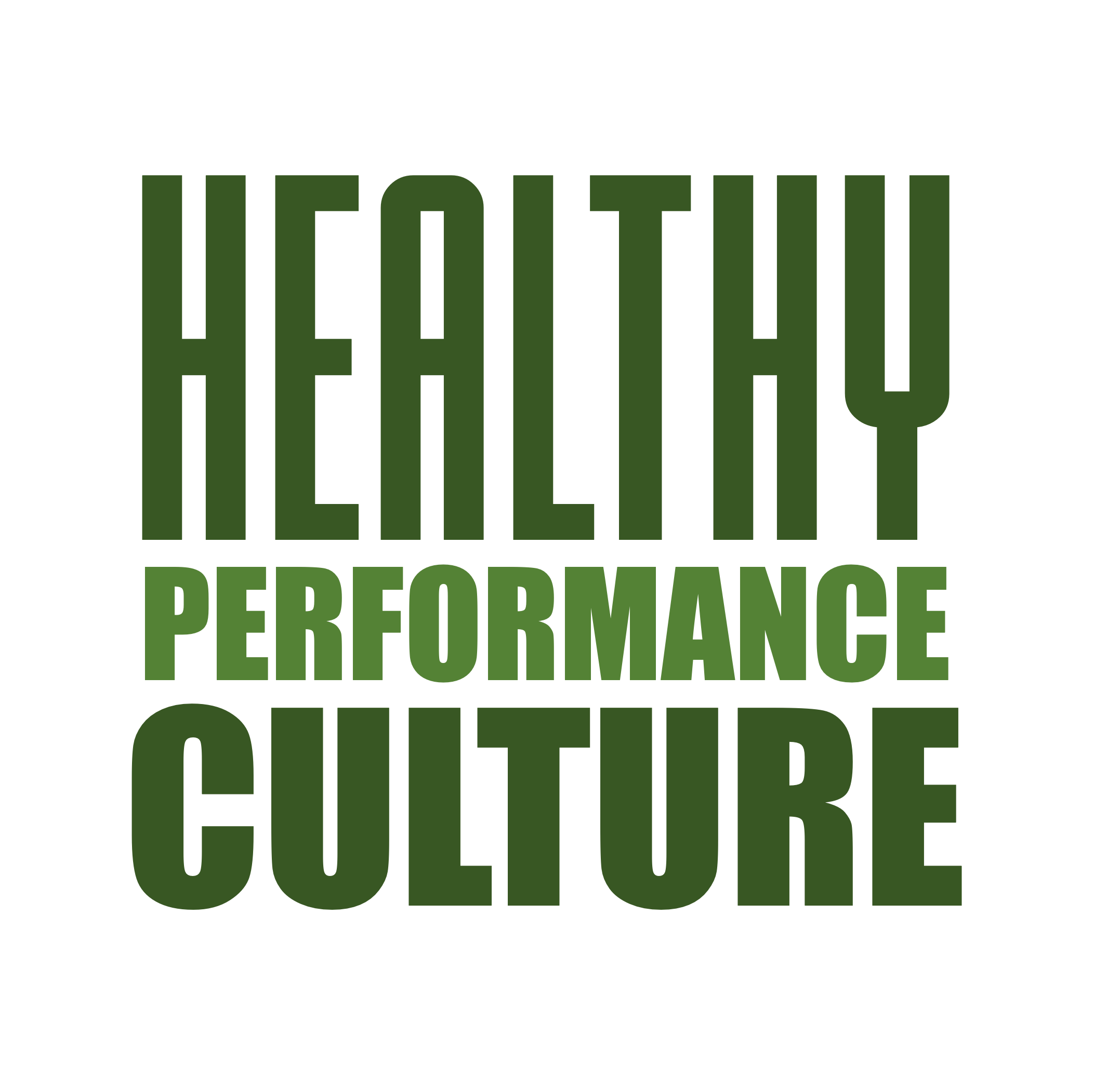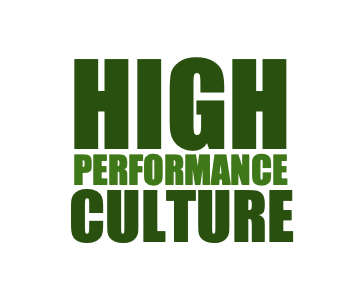Did you know that a staggering 4 out of 5 individuals neglect to set goals for themselves? Despite the proven benefits – from heightened performance to boosted self-esteem and motivation – many still overlook the power of goal setting in shaping their destiny. Yet, nowhere is this oversight more glaring than in matters of personal growth and development. While countless envision their future triumphs, only a select few take the decisive step of setting tangible, high-quality growth objectives. For most, aspirations remain just that – mere dreams, untethered from reality.
It’s time to shatter this complacency. Growth isn’t a luxury; it is an imperative, a prerequisite for staying relevant in a rapidly evolving world. Failure to cultivate your skills means falling behind the curve.
Growth Goal Setting

What type of Growth Goals are right for you?
So, how do you embark on this journey of growth? It begins by identifying the type of growth that aligns with your current circumstances and aspirations. Here are two pivotal questions to guide your reflection:
- Immediate vs. Future Focus: Should your growth efforts concentrate on enhancing your current role or preparing for future opportunities?
- Urgency vs. Long-term Vision: Are there pressing needs demanding your attention now, or can you dedicate resources to long-term pursuits?
By answering these questions, you’ll pinpoint your position on the Growth Goals Matrix, revealing the most pertinent type of growth for you.
- Strengthening Expertise: Some people want to elevate their existing strengths and expertise to new heights. For many this should be their detault type of growth. If you can’t figure out what to improve, then you should focus on strengthening an expertise.
- Qualifying for a New Role: Some people already have a new role they are aiming for. If that is you, then growth goal should help you forge a path toward your next career milestone, whether it’s a promotion or a transition to a different role.
- Addressing a Gap or Weakness: A lot of people don’t always associate improving weaknesses as growing, but this is a critical type of growth. Everyone has aspects of themselves that they can improve. It doesn’t mean you have to fix all your flaws. Instead I suggest trying to become 10% better in your role.
- Building New Strategic Capabilities: As companies and industries evolve, what is required of your role will also evolve. This type of growth is about preparing for that future. If this is you, make sure your growth goals will equip you with the skills needed to thrive in an evolving professional landscape.
Growth Goal Setting

Setting Your Growth Goals
Once you know what type of growth you need, you can begin the process of creating a growth goal. The first step is to reflect on your growth type, and start to narrow down what you want to grow. Below are reflective questions that will help you in identifying your growth goal. Don’t race through the questions, but instead take the time to truly reflect on your situation. We also recommend that you discuss your answers with a trusted person. Gathering different perspectives adds significant value to creating your growth goals.
Strengthening Expertise Growth Questions
- What specific skills or competencies do you excel in, and how effectively are you leveraging them in your current role?
- How do you envision utilizing your expertise to contribute meaningfully to your team or organization’s objectives?
- Can you identify individuals within or outside your organization who embody the level of expertise you aspire to achieve? What traits or practices do they exhibit that you could emulate?
- How will you measure your progress towards attaining the desired level of expertise? What milestones or achievements will indicate that you’ve reached your goal?
- Based on your desired expertise, what concrete growth goals can you set to enhance your skills and competencies within a specific timeframe?
Qualifying for a New Role Growth Questions
- What specific role are you aiming to secure in the future, and what motivates you to pursue this position?
- Do you view the desired role as a definitive career destination, or do you see it as a stepping stone towards broader professional aspirations?
- Reflect on your current strengths and accomplishments. How do these align with the requirements and responsibilities of your target role?
- Identify any gaps or areas for improvement that may hinder your eligibility for the desired position. What steps can you take to bridge these gaps?
- If you could enhance one aspect of your skill set or experience overnight to align more closely with the requirements of your desired role, what would it be and why?
Addressing a Gap or Weakness Growth Questions
- Which aspects of your current role pose the greatest challenges or frustrations for you? How do these obstacles impact your overall performance and satisfaction?
- Have you received any constructive feedback or identified areas for improvement through self-assessment? How do these insights inform your growth priorities?
- Reflect on whether any difficulties you’re experiencing stem from a lack of necessary skills or from other factors such as motivation or organizational dynamics.
- If you could enhance one specific skill or competency before our next meeting, which would have the most significant positive impact on your performance, your team, or the organization?
- How do you envision addressing this skill gap and leveraging your improved capabilities to drive positive outcomes in your role and beyond?
Building a New Strategic Capability Growth Questions
- Consider how your unique skills and competencies can contribute to advancing the strategic objectives of your business unit or organization.
- Reflect on the evolving landscape of your industry or sector. How do you anticipate your role and responsibilities shifting in response to these trends?
- Identify emerging trends or developments that may require you to acquire new skills or competencies to remain relevant in your field.
- Assess your current strengths in light of these anticipated changes. What areas do you excel in, and where do you need to further develop to adapt to evolving demands?
- What resources or support do you require to acquire the strategic capabilities necessary to thrive in your evolving role and contribute effectively to organizational success?
Growth Goal Setting

There is NO “Wrong” Way to Grow
Remember, there’s no one-size-fits-all approach to growth. Whether you’re refining your expertise, chasing a promotion, addressing weaknesses, or preparing for the future, each path is valid and invaluable. Embrace the fluidity of your growth journey, navigating from one type of growth to another as your circumstances evolve. The only cardinal sin? Remaining stagnant in a world that demands progress.
So, dare to dream, but more importantly, dare to act. Your journey of growth begins now.
Growth Goal Setting
If you are interested in some tools designed to help you set growth Goals, go to my other website Healthy Performance Culture. When you join our HPC community you get access to our exclusive content and best practices I’ve found from over 20 years in Talent Development. Signing up is free, and once you’ve joined we will notify you anytime we have added something you might find interesting.
Cary Bailey–Findley has built High Performance Cultures within three Fortune 500 companies, and was awarded the ranking of #1 development organization in the world by the Association of Talent Development. He is currently the Talent Manager for SimCorp, but spends his free time helping startups scale up the the talent they need to succeed.




Add a Comment